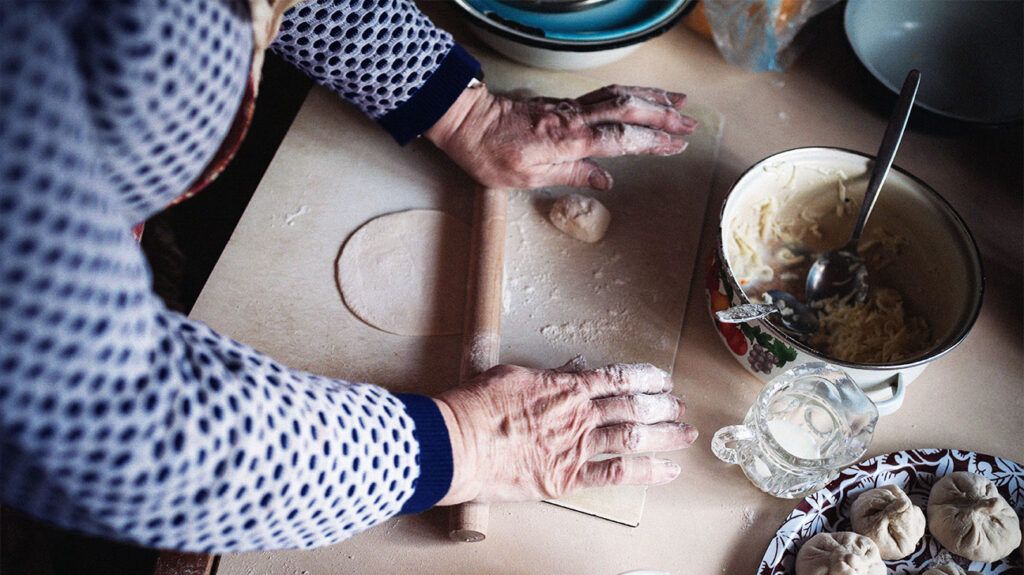Osteoarthritis is a degenerative condition that tends to get worse with age. It is common in older people, as the cartilage that cushions the joints breaks down over time.
Symptoms of osteoarthritis include stiffness, joint pain, and swelling.
This article explores the link between osteoarthritis and aging. It also discusses risk factors for osteoarthritis, how doctors treat the condition, and how people may prevent it.
Arthritis resources
To discover more evidence-based information and resources for arthritis, visit our dedicated hub.

There is a link between aging and osteoarthritis. As people get older the body undergoes changes that increase the likelihood of developing osteoarthritis symptoms.
These changes
- loss of bone mass or density
- loss of muscle mass
- a decrease in synovial fluid in the joints
- breakdown of cartilage
- an
increase in inflammation throughout the body - a decrease in the production of chondrocytes, which are the cells that
form cartilage - oxidative stress
- changes in the immune system
Osteoarthritis is the
Females are more likely to get osteoarthritis than males, especially when they are
A person’s risk for developing osteoarthritis increases as they get older. However, some people have a higher risk than others, especially if they have:
- a history of joint injuries or have undergone joint surgery
- obesity
- joint damage as a result of overuse
- a joint condition from birth
- a family history of osteoarthritis
The type of osteoarthritis treatment an individual receives depends on the goal, which
- reducing pain
- improving joint mobility
- stopping disease progression
- maintaining overall health
- preventing disability
Doctors typically stage treatment. Depending on the severity of a person’s symptoms they may recommend mobility classes or online exercise resources to keep joints mobile and flexible.
Exercising has a range of benefits for older adults with osteoarthritis including:
- increasing range of motion
- maintaining or gaining muscle mass
- increasing balance and mobility
- maintaining a moderate weight
If someone’s symptoms are beginning to affect their mobility and quality of life they may need the help of orthotics, which include things like shoe inserts and ankle braces.
Pain management is a crucial part of osteoarthritis care, and if someone is living with chronic pain from osteoarthritis they may benefit from:
- oral pain relief medications
- nonsteroidal anti-inflammatory drugs
- topical pain and anti-inflammatory creams
- corticosteroid injections
- hyaluronic acid substitute injections
- serotonin-norepinephrine reuptake inhibitor medications
As time goes on, an older adult may need surgery if their joints have deteriorated. This can include an osteotomy, which is the partial removal of damaged bone, or a full joint replacement.
Some methods that someone can try to help prevent pain and other symptoms of osteoarthritis include:
- Staying active: Gentle exercises, such as walking biking, and swimming may help decrease arthritic pain. Additionally, they may also improve mood, mobility, and quality of life. An individual should aim for
150 minutes of moderate-intensity activity a week. - Maintaining a moderate weight: This has many benefits for a person’s overall health. In particular, maintaining a moderate weight is one of the most effective preventive measures for reducing the risk of osteoarthritis in the knee.
- Protecting joints: Looking after the joints, for example, by avoiding activities that may cause repetitive strain injuries, can help keep them healthy so that osteoarthritis is less likely to develop. Or, if it does, symptoms are not as severe.
A person should contact a doctor when they notice the
- pain while using the joints
- stiff joints
- a reduction in joint mobility
- swelling
- loose or unstable joints
Because symptoms slowly get worse with time, an individual experiencing any of the symptoms above should speak with a doctor who can work out whether they have osteoarthritis and recommend appropriate treatment, if necessary.
Starting treatment sooner rather than later, may prevent complications from developing.
During the initial stages of a diagnosis, healthcare professionals typically ask people about their medical history and symptoms. Later, a doctor may request imaging of the joints, including X-rays.
Osteoarthritis is a common condition in older adults. Symptoms include pain and swelling in the joints and potentially a loss of flexibility and mobility as time goes on.
Older adults have the
Risk factors for osteoarthritis include living with obesity, a history of joint injury and joint overuse, and having a family history of the condition.
Treatment depends on the extent of symptoms. Some people may notice a significant improvement from exercising and taking over-the-counter pain relievers, while others may need a joint replacement.
A person should speak with a healthcare professional if they are experiencing any symptoms of osteoarthritis.
